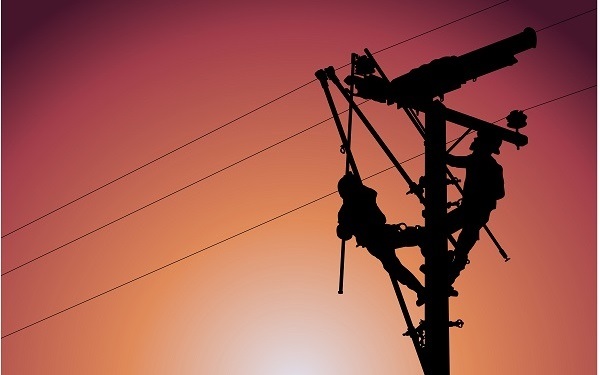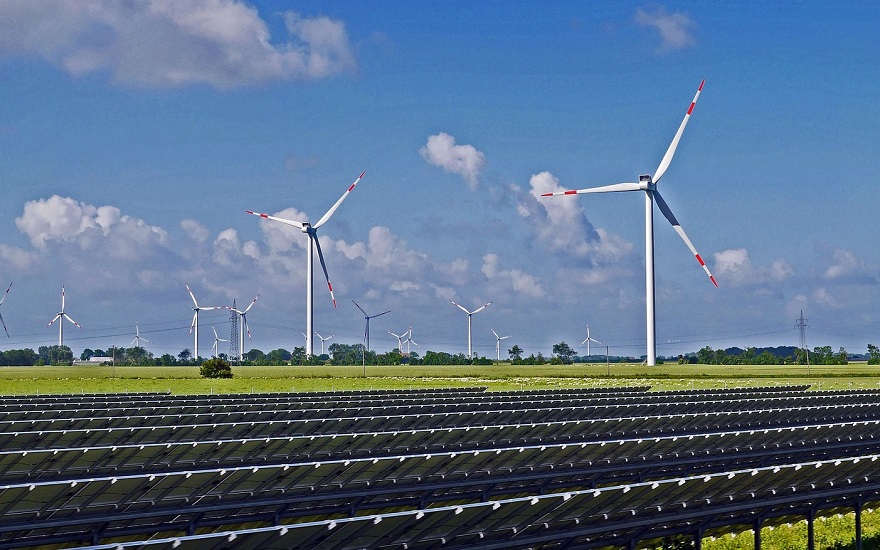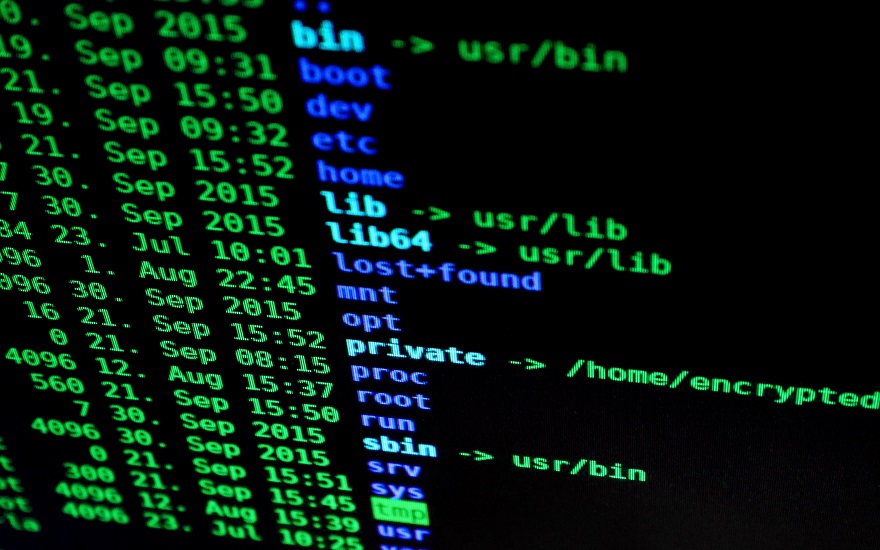New analysis from the National Audit Office shows electricity users in Britain experience fewer power cuts than most EU countries.
However, the spending watchdog’s report claims that customers have consistently been paying higher energy bills than they should have been because of inadequate price controls set by regulator Ofgem.
Households have paid up to £1 billion more than necessary over recent years.
The National Audit Office (NAO) is independent of government and the civil service. It helps Parliament to hold government to account for the way it spends taxpayers’ money.
Its latest analysis found that the frequency of power cuts has roughly halved since the 2002 introduction of incentives for companies to improve reliability.
Britain is now well below the European average for the number of unplanned interruptions per customer. While the average duration of power cuts in Britain is also one of the shortest in Europe.
Frequency Of Unplanned Electricity Interruptions (2016)
| Country | SAIFI |
| Romania | 3.8 |
| Poland | 3.0 |
| Latvia | 2.2 |
| Italy | 1.5 |
| Greece | 1.5 |
| Czech Republic | 1.5 |
| Portugal | 1.5 |
| Croatia | 1.4 |
| Sweden | 1.2 |
| AVERAGE | 1.1 |
| Ireland | 1.1 |
| Spain | 1.1 |
| Hungary | 1.0 |
| Lithuania | 0.6 |
| Austria | 0.6 |
| Germany | 0.5 |
| Great Britain | 0.5 |
| Denmark | 0.4 |
| Luxembourg | 0.2 |
| Switzerland | 0.2 |
| France | 0.1 |
| Slovenia | 0.1 |
| SAIFI = approximate measure of the number of unplanned interruptions per customer per year * Only for countries listed as members or observers of the Council of European Energy Regulators |
Duration Of Unplanned Electricity Interruptions (2016)
| Country | SAIDI |
| Romania | 290 |
| Poland | 180 |
| Latvia | 104 |
| Croatia | 102 |
| Greece | 96 |
| Ireland | 80 |
| Hungary | 75 |
| Czech Republic | 73 |
| Sweden | 69 |
| AVERAGE | 69 |
| Portugal | 64 |
| Spain | 54 |
| France | 49 |
| Lithuania | 48 |
| Great Britain | 38 |
| Italy | 37 |
| Austria | 24 |
| Luxembourg | 17 |
| Denmark | 15 |
| Germany | 13 |
| Switzerland | 9 |
| Slovenia | 2 |
| SAIDI = approximate measure of the amount of time a typical customer will be without electricity in a year * Only for countries listed as members or observers of the Council of European Energy Regulators |
These statistics fall in line with the NAO’s overall findings that energy companies have “provided a good service” under Ofgem’s regulation, meeting targets covering safety, reliability, the environment and assisting vulnerable consumers.
However, they’ve only managed to achieve this because Ofgem’s performance targets were too low. As a result, shareholder dividends have been too big resulting in higher bills for consumers.
How Does Britain’s Electricity System Work?
Our energy infrastructure is made up of £40 billion of physical assets, including nearly 500,000 miles (800,000 km) of overhead and underground cables. This connects nearly 29 million homes and businesses to the grid.
The network is made up of transmission networks carrying high voltage electricity across the country, plus distribution networks supplying low voltage electricity to end users.
Britain’s grid was privatised in 1990, with a company responsible for ensuring supply and demand remains balanced (National Grid ESO) plus several distribution network operators serving the different regions.
Energy regulator Ofgem oversees the network by setting price controls, targets and other rules to try and prevent companies from overcharging customers whilst still encouraging investment in the system to help the transition to low-carbon energy.
Since 2013, these price controls have been known as RIIO (Revenue = Incentives + Innovation + Outputs). The first round of this framework (RIIO-1) applies to the transmission networks from 2013 to 2021. For DNOs, RIIO-1 applies from 2015-2023.
What Does The National Audit Office Report Find?
The NAO believes Ofgem made several miscalculations during RIIO-1:
- Performance targets were set too low
- Cost budgets were set too high
- Overestimation of how much money shareholders would need to incentivise them to invest in network companies
- Setting a regulatory period of eight years instead of the usual five delayed the opportunity for improvements
As a result, consumers have paid at least £800 million more than they should. Around 20% of the typical household electricity bill goes towards running, maintaining and upgrading the grid.
This amounts to approximately £130 per customer, with this figure increasing by £1.60 more than necessary every year.
Over the course of RIIO-1, network companies are expected to deliver a 9% average real-terms return to their shareholders, well above the 5-6% average for UK private companies.
Such criticisms could reignite the debate over whether a privatised network remains the best option.
In the 2019 General Election campaign Labour called for the renationalisation of the grid and the introduction of regional energy agencies to replace DNOs. Other parties also called for major restructuring of the electricity network.
“Ofgem need a tighter rein on network company profits, refocusing investment on low carbon grids.”
– Shadow Energy Minister Alan Whitehead MP
However, a spokesperson for industry body the Energy Networks Association defended the utility companies, arguing that “network costs are down by almost a fifth” sine 1990 and that “the UK has become a superpower of renewable energy”.
Since privatisation, Ofgem estimates £70 billion of capital investment has gone into Britain’s power grid.
Ofgem is currently designing the next phase of price controls (RIIO-2), which will kick-in from next year.
It is lowering its estimate of the money shareholders require as an incentive to invest in network companies.
In addition, the regulator is also proposing to adjust networks’ returns if they vary too much from the original estimations.
Looking To A Zero Carbon Future
The National Audit Office investigation also looks ahead to the challenge of delivering a grid fit for purpose in a zero-carbon world.
It claims that electricity generation may need to double by 2050 to support initiatives such as electric vehicles and the rollout of electric-only heating.
The report warns such expansion of the electricity system “could add significantly to network costs” if energy companies do not transform their businesses in an intelligent way.
It recommends Ofgem and the Department for Business, Energy and Industrial Strategy (BEIS) try to provide “as much clarity as possible on the implications of heat and transport decarbonisation for future network requirements” before any significant decisions on RIIO-2 are implemented.
BEIS should also “bring forward further heat decarbonisation policies that ensure the achievement of carbon emissions targets in the 2020s”.
“Ofgem’s regulation of electricity networks has delivered good service performance but higher than necessary costs for consumers.
“Its approach to price controls used insufficiently demanding targets and the eight-year price control period meant a longer wait before these targets could be reset.
“While Ofgem has encouraged networks’ innovative efforts to reduce carbon emissions, more needs to be done across government if the UK is going to reach net zero emissions at least cost to consumers.
“Tougher regulation of networks is part of the picture, but so is greater policy certainty and better coordination between the energy system’s many players.”
– Gareth Davies, Head of the National Audit Office




